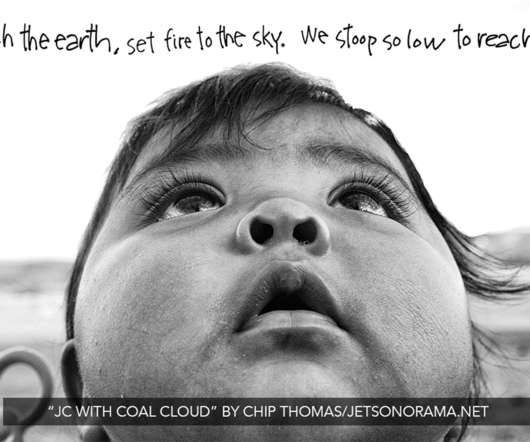Collaboration Across Social Boundaries: A Practical Guide
Stanford Social Innovation Review
MAY 2, 2024
The leaders of a nonprofit community garden want to help residents move up the value chain by selling food products from their homes, but state law restricts food production to commercial kitchens or farms. In other cases, they are organizations, industries, professions, or cultures.











Let's personalize your content